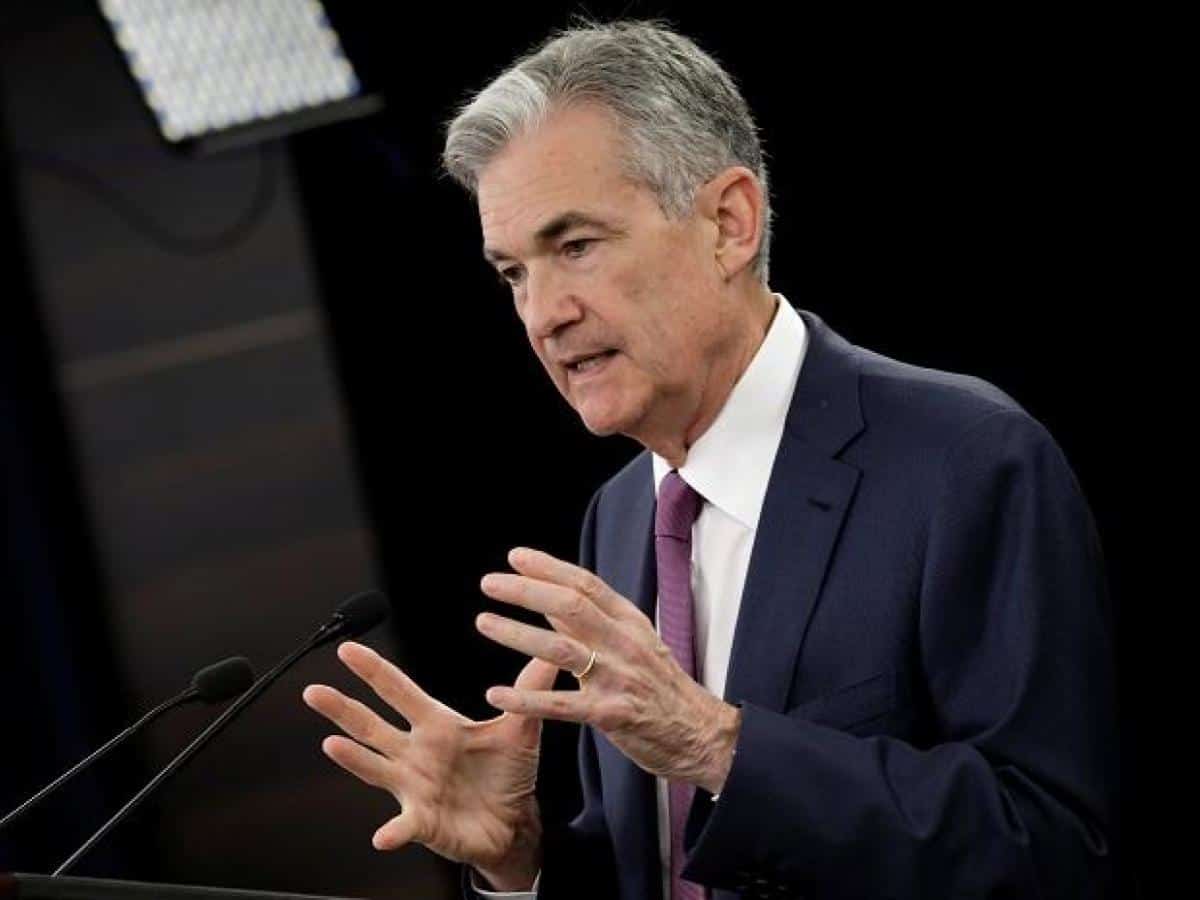Federal Reserve officials could begin reducing the extraordinary help they’ve been providing to the economy by as soon as mid-November, according to minutes from the central bank’s September meeting released Wednesday.
The meeting summary indicated members feel the Fed has come close to reaching its economic goals and soon could begin normalizing policy by reducing the pace of its monthly asset purchases.
In a process known as tapering, the Fed would reduce the $120 billion a month in bond buys slowly. The minutes indicated the central bank probably would start by cutting $10 billion a month in Treasurys and $5 billion a month in mortgage-backed securities. The Fed is currently buying at least $80 billion in Treasurys and $40 billion in MBS.
The target date to end the purchases should there be no disruptions would be mid-2022.
The minutes noted “participants generally assessed that, provided that the economic recovery remained broadly on track, a gradual tapering process that concluded around the middle of next year would likely be appropriate.”
“Participants noted that if a decision to begin tapering purchases occurred at the next meeting, the process of tapering could commence with the monthly purchase calendars beginning in either mid-November or mid-December,” the summary said.
The Fed next meets Nov. 2-3. Starting the tapering process in November is on the aggressive side of market expectations.
The minutes said members’ estimates “were consistent with a gradual tapering of net purchases being completed in July of next year.”
“If they announce [tapering] in November, I don’t see why they would wait. Just go ahead and get going,” said Kathy Jones, chief fixed income strategist at Charles Schwab. Jones said she was a bit surprised by a notation in the minutes that “several” members “preferred to proceed with a more rapid” tapering pace.
“That would be pretty aggressive,” she said. “There must be some outspoken people who are pretty concerned that they need to move even faster.”
St. Louis Fed President James Bullard is one such member, telling CNBC on Tuesday that he thinks tapering should be more aggressive in case the Fed needs to rate interest rates next year to combat persistent inflation.
At the September policymaking session, the committee voted unanimously to hold the central bank’s benchmark short-term borrowing rate at zero to 0.25%.
The committee also released the summary of its economic expectations, including projections for GDP growth, inflation and unemployment. Members scaled back their GDP estimates for this year but upped their outlook for inflation, and indicated they expect unemployment to be lower than earlier estimates.
Concerns about inflation
In the “dot plot” of individual members’ expectations for interest rates, the committee indicated it could begin raising interest rates as soon as 2022. Markets currently are pricing in the first rate hike for next September, according to the CME FedWatch tool. Following the release of the minutes, traders increased the likelihood of a September hike to 65% from 62%.
Officials, though, stressed that a tapering decision should not be seen as implying pending interest rate hikes.
However, some members at the meeting showed concern that current inflation pressures might last longer than they had anticipated. Traders are pricing in a 46% chance of two rate hikes in 2022.
“Most participants saw inflation risks as weighted to the upside because of concerns that supply disruptions and labor shortages might last longer and might have larger or more persistent effects on prices and wages than they currently assumed,” the minutes stated.
The document noted that “a few participants” said there could be some “downside risks” for inflation as long-standing factors that have kept prices in check come back into play. The majority of Fed officials have been holding to theme that the current price increases are transitory and due to supply chain bottlenecks, and other factors likely to subside.
Inflation pressures have continued, though, with a reading Wednesday showing that consumer prices are up 5.4% over the past year, the fastest pace in decades.

